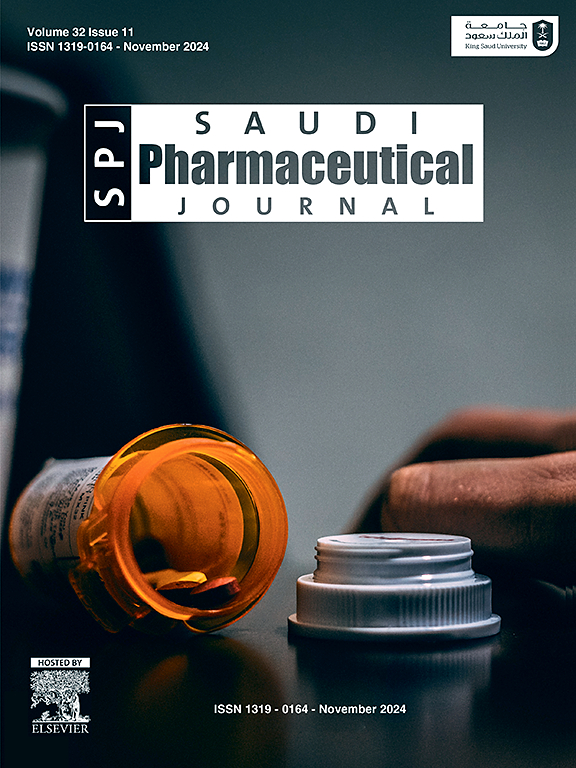Analyzing trends and factors influencing price changes in public pooled drugs procurement system in Malaysia: Exploring market competition
IF 3.4
3区 医学
Q2 PHARMACOLOGY & PHARMACY
引用次数: 0
Abstract
Background
Pooled procurement is key to managing drug spending amid rising healthcare costs, but conclusive evidence on its sustained impact is lacking, driven by market competition.
Objective
This study aims to evaluate the trends and factors influencing the price changes of drugs awarded for pooled procurement systems utilizing a drug price index analysis.
Methods
This retrospective study involved a review of secondary data on public pooled procurement of drugs in Malaysia. Drugs were selected through purposive sampling and focused on eight therapeutic subgroups that showed significant patterns of expenditure and consumption. The observed data are retrieved from centralized contracts that were managed through a tendering process spanning from 2010 to 2021. A price index was computed to assess fluctuations in pharmaceutical pricing and market competition. To assess the influence of potential variables on market competition, quantified through the drug price index, a multiple linear regression analysis was utilized. The variables studied include product age, quantity index, bidding periods, therapeutic subgroups, and market competition elements such as types and number of competing products, dosage form, and types of procurements. The significance level was set at p < 0.05.
Results
The median price index, derived from the analysis of 88 drugs involved in 335 tenders over 10 years was 89.28 (range between 1.91 and 123.81). The observed trends indicated a consistent decline in the median drug price index throughout the bidding periods. The regression model, encompassing 19 selected variables, demonstrated the ability to predict the drug price index shown by the F-statistic (F (19, 315) = 68.022, p < 0.0005) with adj. R2 = 0.79. The coexistence of innovative or reference products and their generic or biosimilar equivalents in a market may promote competition. Five to eight competing products resulted in remarkably low drug prices.
Conclusion
Pooled procurement is one of the approaches to cost containment that is potentially subject to the dynamics of market competition. Time can be a limiting factor that hinders the realization of greater savings. Therefore, it is important to strike a delicate balance when considering regulatory measures, such as patents and barriers to market entry, in order to maintain a fair and competitive landscape within the industry.
马来西亚公共集中药品采购制度价格变化趋势及影响因素分析:市场竞争探讨
在医疗成本不断上升的背景下,集中采购是管理药品支出的关键,但在市场竞争的推动下,缺乏关于其持续影响的确凿证据。目的利用药品价格指数分析方法,探讨集中采购制度下授予药品的价格变化趋势及影响因素。方法:本回顾性研究回顾了马来西亚公共集中采购药品的二手数据。通过有目的的抽样选择药物,并将重点放在8个治疗亚组上,这些亚组显示出显著的支出和消费模式。观察到的数据是从2010年至2021年通过招标过程管理的集中合同中检索的。计算价格指数以评估药品价格波动和市场竞争。为了评估潜在变量对市场竞争的影响,通过药品价格指数进行量化,采用多元线性回归分析。研究的变量包括产品年龄、数量指数、投标期、治疗亚组和市场竞争因素,如竞争产品的类型和数量、剂型和采购类型。显著性水平设为p <;0.05.结果10年335份招标中88种药品的价格指数中位数为89.28(1.91 ~ 123.81)。观察到的趋势表明,在整个招标期间,药品价格指数中位数持续下降。该回归模型包含19个选定变量,F统计量(F (19,315) = 68.022, p <;0.0005), R2 = 0.79。创新产品或参考产品及其仿制药或生物类似药在市场上共存可能会促进竞争。5到8种竞争产品导致药品价格非常低。结论集中采购是控制成本的一种方式,但可能受到市场竞争动态的影响。时间可能是阻碍实现更大节省的限制因素。因此,在考虑监管措施(如专利和市场进入壁垒)时,为了保持行业内公平和竞争的格局,重要的是要取得微妙的平衡。
本文章由计算机程序翻译,如有差异,请以英文原文为准。
求助全文
约1分钟内获得全文
求助全文
来源期刊

Saudi Pharmaceutical Journal
PHARMACOLOGY & PHARMACY-
CiteScore
6.10
自引率
2.40%
发文量
194
审稿时长
67 days
期刊介绍:
The Saudi Pharmaceutical Journal (SPJ) is the official journal of the Saudi Pharmaceutical Society (SPS) publishing high quality clinically oriented submissions which encompass the various disciplines of pharmaceutical sciences and related subjects. SPJ publishes 8 issues per year by the Saudi Pharmaceutical Society, with the cooperation of the College of Pharmacy, King Saud University.
 求助内容:
求助内容: 应助结果提醒方式:
应助结果提醒方式:


